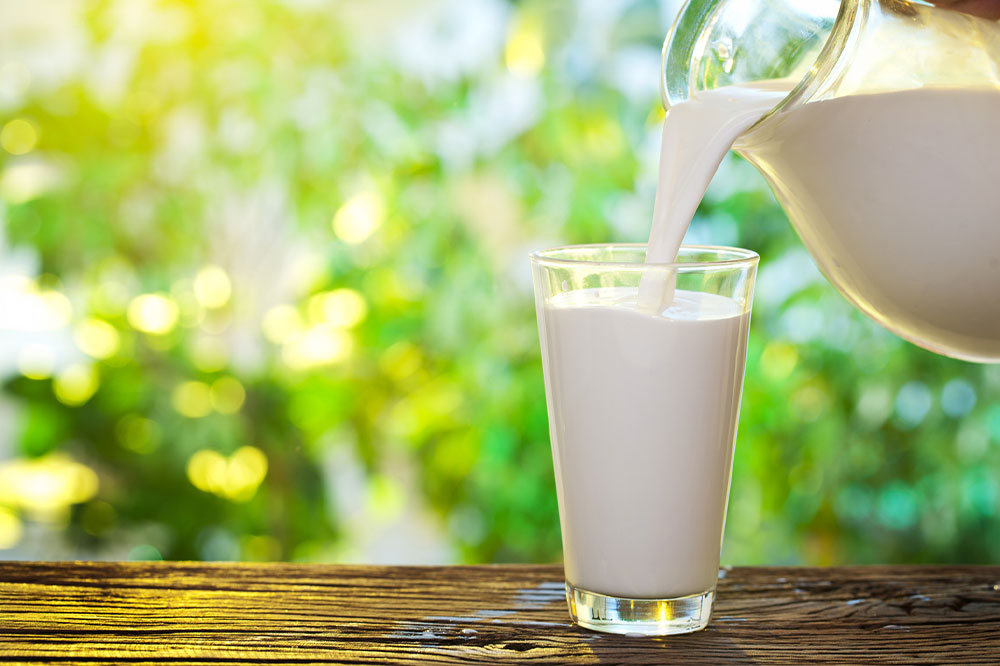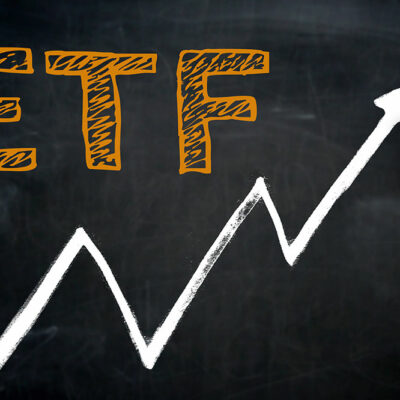
Best food options for healthy bones
As one ages, bone health gets affected, slowly decreasing in strength and density. So, it is crucial for everybody under 30 years must include bone-building foods in their daily meal plans. Essential minerals like calcium, magnesium, phosphorus, and vitamins, including D, C, and K, are necessary for bone mineralization. Fortunately, most of these essential nutrients can be absorbed naturally without heavy dependence on supplements. Here are the recommended top food options for daily bone nutrition.
Calcium-rich foods
Calcium is the vital building block mineral for healthy bones. As old cells break down, the body absorbs and utilizes calcium from daily foods to regenerate new bone cells. Adults must get at least 1000 to 1200 milligrams of calcium a day to support bone growth. Calcium is readily available and can be sourced from dairy products like milk, cheese, yogurt, or fortified plant-based milk extracted from almond, soy, and rice milk. Vegetables like collard greens, mustard greens, turnip greens, kale, and Bok choy can supplement additional daily requirements. Fortified orange juice, edamame, tofu, and even canned fish like sardines and salmon are excellent sources of this essential nutrient.
Foods that contain vitamin D
A vitamin D deficiency can cause bones to become weak and brittle, increasing the risk of fracture, especially among young children. Adults with a vitamin D deficiency can further develop soft bones, leading to severe deformities. Sunlight is one of the readily available natural sources of vitamin D, essential for helping the body absorb calcium. Any deficit can be covered up with foods including egg yolks, oily fish including salmon, mackerel, sardines, fortified snacks, breads, cereals, and fruit juices.
Foods rich in phosphorous and magnesium
Just like vitamin D, essential minerals like phosphorous and magnesium help improve bone strength and health in the long run. Whole dairy products like milk and cheese, assorted beans, seeds, lentils, and seafood options like shellfish or sardines can supplement daily phosphorous requirements. Spinach, bananas, chickpeas, avocados, and assorted nuts & seeds help replenish the magnesium content.
Foods that contain vitamins K and C
Bone mineralization is one of the most important long-term bone health processes. Vitamin K helps direct the calcium absorbed by the body to new bone formation areas and supports blood clotting. Further, vitamin C helps restore collagen, one of the main proteins in the bone necessary for this mineralization process. Leafy greens, avocados, asparagus, pumpkin, kiwi, broccoli, kale, yellow and red peppers are great natural sources of vitamins K and C.
Vegan foods for healthy bones
Vegans can add plant-based foods and beverages to their daily meals. Popular choices include fortified milk from soy, rice, oats, soybeans, tofu with calcium sulfates, and assorted pulses. Even dried fruits like prunes, figs, apricots, and raisins can be added to daily foods. Sesame seeds and tahini are also decent sources of calcium.
Note that one can also consult with doctors to learn about Romosozumab. This prescription can lower the risk of fractures in osteoporosis when taken with other nutritious foods.
Doctors may also prescribe EVENITY® for treating osteoporosis. EVENITY® enhances the body’s natural ability to build new bone structures and slow down the loss of existing bone. Each dose consists of two shots administered once a month over 12 months. Possible side effects include allergic reactions, hypocalcemia, joint pain, and headaches. While it is priced at $2,046.71 per dose, the cost of EVENITY® can be covered by Medicare and commercial insurance plans.


